Humans are not the only ones who need to take care of their hair, dogs require grooming too.
Dogs come in all shapes and sizes and as a result, they have different kinds of fur or hair that needs to be managed. Owners need to learn the difference between fur and hair and their types to correctly care for their dog’s coat.
Keeping your dog’s fur or hair clean should be a priority among dog owners, as it can help keep them healthy and happy.
Do Dogs Have Fur or Hair?
The answer to this question depends on the breed of dog.
Generally, most dogs have fur and some- like Poodles- may even have a combination of both. The difference between fur and hair is that fur tends to be dense and short, while hair can be longer and less dense.
Shorter fur usually needs less maintenance than longer hair as it requires minimal brushing and combing to keep it looking healthy.
What’s The Difference Between Fur and Hair?
Fur
Fur is made up of a top layer, known as the guard hairs, and an undercoat beneath it.
The guard hairs protect the dog from elements like rain and cold temperatures. These hairs are thicker than regular hair but provide insulation for the dog against the environment.
The undercoat is much softer and can be denser or thinner depending on breed and seasonality. Some breeds have double coats – two layers of fur that provide even more insulation for them during colder months.
Hair
Hair is much longer than fur and may become matted if not maintained properly. Unlike fur, hair almost always requires brushing to keep it knot-free and looking neat.
Some breeds like the Afghan Hound have thick, long hair that needs regular grooming. Other breeds such as Golden Retrievers tend to have a medium-length coat that also needs occasional combing and trimming.
Why Fur or Hair is Important to Dogs?
Dogs rely on their fur or hair for various purposes. It shields them from the weather and keeps their body temperature in check. Certain breeds have coats that cater to different climates.
Additionally, fur or hair helps prevent parasites and allergens as it captures these harmful elements before they can enter the skin. A healthy and attractive coat can be achieved by proper grooming and regular brushing.
Examples of Dog Breeds with Fur or Hair
Fur
Labrador Retrievers, German Shepherds, and Australian Cattle Dogs are some of the most common dog breeds that have fur. They usually require minimal grooming and their fur helps them stay warm in cold weather.
Hair
Bichon Frises, Shih Tzus, and Lhasa Apsos are some of the most popular dog breeds with hair. These dogs need regular brushing and combing to prevent their hair from becoming tangled or matted.
Undercoat Vs Overcoat
Most dogs have two layers of fur – the undercoat and the overcoat.
The undercoat is usually made up of shorter, finer hairs that are designed to act as insulation for the animal against extreme temperatures. These hairs get shed twice a year to adapt and cool down in summer or stay warm during winter months.
On top of this is the overcoat which is made up of longer, more visible hairs and this layer helps protect the animal from rain and dirt.
Coat Growth Process and Length
The growth duration differs among dog breeds. Certain breeds require several months to grow their coat to the maximum length, while others require only a few weeks. Moreover, the breed determines the coat length, where short-haired breeds naturally have shorter coats than long-haired ones.
The coat of an animal grows in a three-step process.
- First, the hair follicles are activated and start producing hairs.
- Then, the length of these hairs increases until it reaches its full length.
- Finally, the old hairs are shed and replaced by new ones to maintain healthy skin and coat.
Grooming Dogs Based on Their Types of Fur or Hair
Pet owners need to know their pet’s coat type to provide appropriate care. Various coats need specific grooming methods and products, hence owners should learn about breed characteristics before selecting a pet.
Short-haired dogs require only occasional brushing and combing to keep their fur clean and free of debris. However, medium or long-haired breeds may require more frequent brushing, as their fur can easily become tangled or matted. Regular baths are also important for long-haired breeds to prevent skin irritations and infections.
Depending on the breed of your dog, it may be necessary to regularly visit a professional groomer or vet. These professionals can assist with tasks such as trimming any knots or tangles and treating any underlying skin issues that your pet may have.
Shedding
Shedding is a normal part of an animal’s life cycle and all dog breeds undergo some form of shedding throughout the year. This process usually involves the loss of old hair as they are replaced by new ones.
To determine the suitable grooming routine for your pet, it is important to consult with your vet as shedding varies between breeds and even within the same breed. Longer coats in breeds may shed more than short coats that may only need occasional brushing or bathing to prevent tangles and maintain a healthy coat.
Preventing Shedding
There are several steps owners can take to reduce the amount of shedding their pet experiences. Regular brushing is essential for keeping a dog’s coat healthy as it helps remove dead fur and debris from the animal’s skin.
Additionally, bathing your pet regularly will help maintain their coat by removing dirt and excess oil that can cause matting or tangling. Feeding your dog a high-quality diet full of proteins and fats is also key to preventing excessive shedding as these nutrients help promote healthy skin and fur growth.

Conclusion
Fur and hair are important to a dog’s overall appearance and health. Different breeds have coats of varying lengths, textures, and colours that require different grooming techniques. Pet owners need to understand the type of coat their pet has to give them the best care possible.
Regular brushing, combing, and bathing can help keep a dog’s coat looking healthy. In addition to regular grooming, feeding your pet a high-quality diet full of proteins and fats can also help reduce shedding. With proper care, your dog will be able to maintain their best look.
FAQs
Que: What is the difference between fur and hair?
Ans: Fur is much shorter than hair and does not require as much grooming to stay neat. Hair is usually longer, thicker, and more prone to becoming tangled or matted.
Q: Why is fur or hair important to dogs?
Ans: Fur or hair helps keep them warm in colder temperatures, shields them from parasites and allergens, and can make a dog look more attractive with proper grooming.
Q: How can I reduce shedding in my pet?
Ans: Regular brushing, combing, and bathing can help reduce shedding in your pet. Additionally, feeding your dog a high-quality diet full of proteins and fats will promote healthy skin and fur growth.

 DogExpress
DogExpress

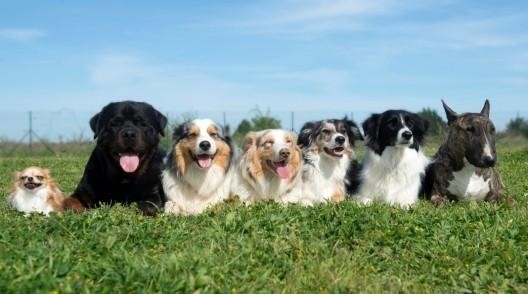


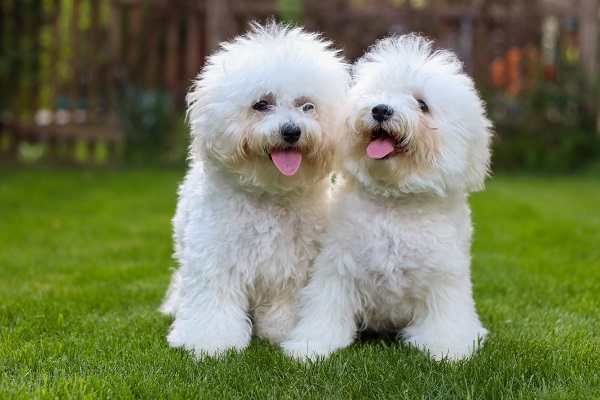
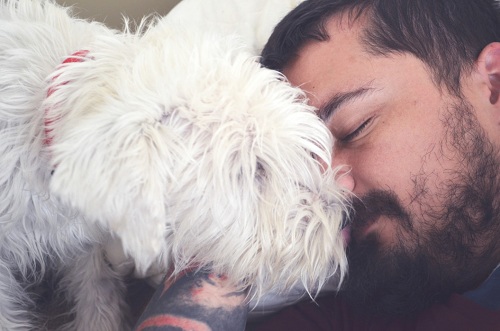
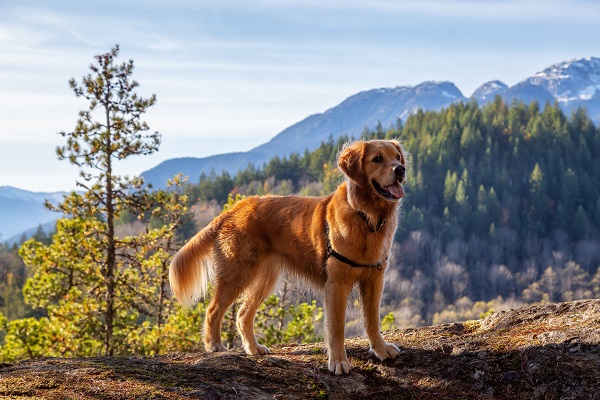


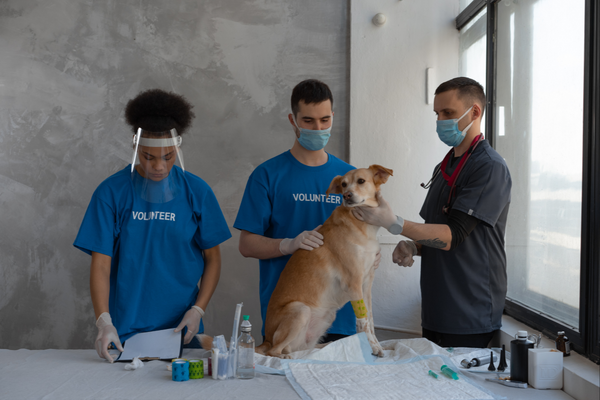












 in Chandigarh, India.
in Chandigarh, India. 
